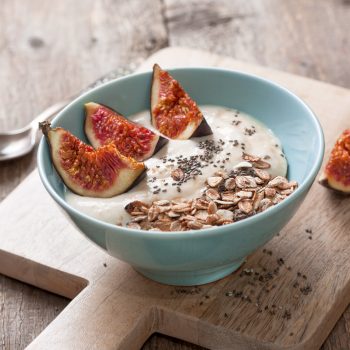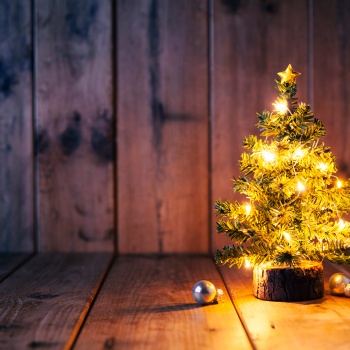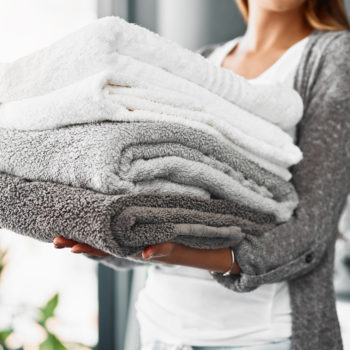Spring comes along with the problems associated with the most common respiratory allergies. This is how to prevent and treat them.
More and more people are suffering from respiratory allergies as spring approaches. For many people it seems almost impossible to leave home, because high concentrations of pollen cause respiratory disorders and a state of general physical discomfort. The data then give emergency signals for the constant increase of affected subjects: allergy to pollen is one of the most common diseases in the world, according to data from the World Health Organization; in Italy it is estimated that every year about nine million people suffer from respiratory allergies resulting from the presence of pollen in the air and four million of them resort to treatment.
But what exactly are pollens and what do they cause? We asked Dr. Lucia Testoni, doctor of the team of the Allergology department at Humanitas, directed by Dr. Michele Ciccarelli. The pollens of trees or herbaceous plants are responsible for the so-called pollinosis, i.e. all those allergic manifestations typical of spring, such as repeated sneezing, stuffed or congested nose, tingling and tearing of the eyes, up to asthma”.
Bearing in mind that 15-20% of the Italian population suffers from allergies and that data show a growing phenomenon, especially among younger people and women. What are the causes and triggers among genetic and environmental factors that facilitate the onset of allergy? Allergies – says Dr. Testoni – are triggered by ‘allergens’, substances, including pollens, capable of inducing an allergic immune response in a susceptible host. Numerous studies show that the genetic characteristics of the host are very important in the development of allergies, even if at present the genes involved in reactions have not yet been well defined.
Moreover, other external factors contribute to making people susceptible to allergies: industrial pollutants, cigarette smoke and viral infections that alter the common defensive mechanisms. It is also true that air pollution has altered the pollination of the plants themselves. Pollens according to species have their own seasonality, but this has been disrupted in recent years and pollen periods are extremely long. In early spring, as early as February, the trees begin to grow; from April to June pollinate the Graminaceae, in summer and autumn the Composite, including Ambrosia and Artemisia; then there is the Parietaria, which in Italy, depending on the geographical area, covers the spring and summer “.
In the presence of more allergens and a time interval that goes well beyond the month of March, what are the main tips to prevent and play in advance? Once the respiratory allergy has been diagnosed and the responsible allergen identified, it is possible to perform specific immunotherapy, more commonly known as a vaccine. It consists in the administration of increasing doses of allergen by mouth or injection in order to alter the host’s immunological response and improve clinical symptoms over the years. It is a therapy that has to be continued for some years, but one that often reduces symptoms considerably, especially symptoms associated with asthma”.
Can it be beneficial for those who have a strong allergic attack in progress to use antihistamines?
In the ‘fullness’ of allergy, it is useful to use symptomatic therapies that can reduce the symptoms and inflammation that underlies them. So yes to antihistamines – those of the latest generation give less and less sleepiness – and to topical ocular drugs, nasal or bronchial therapy with chromons, cortisone or bronchodilators, always at the discretion of the treating specialist “.
Thanks to the Istituto di Scienze dell’ Atmosfera and del Clima of the CNR of Bologna (Isac-CNR), in collaboration with the Italian Association of Agrobiology, since 1985 in Italy there has been a Network for monitoring of aerodiffused allergens that measures the concentration in the atmosphere of the main pollen of allergological interest. On the Isac-CNR website you will find, updated every Wednesday, a pollen bulletin produced on the basis of the previous week’s observations: http://www.isac.cnr.it/~aerobio/aia/POLTEXT. html
Edited by Cristina Florio








